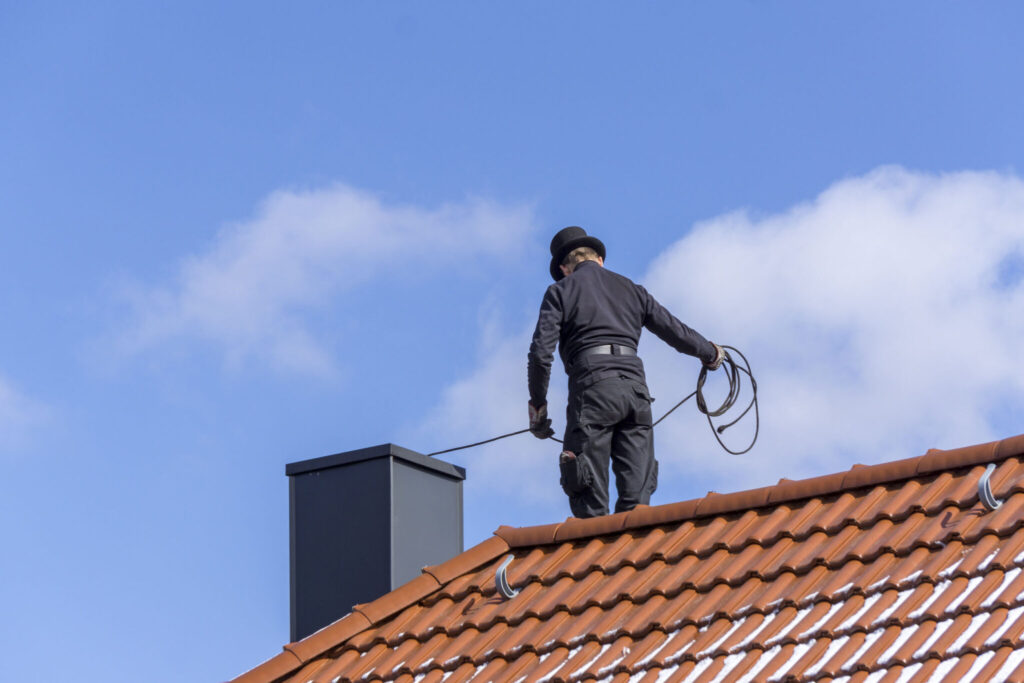The lining inside your chimney is among one of the most vital components of keeping it functioning correctly, both for your full enjoyment and safety—but it can be expensive to replace. If you are having to pay the price of purchasing a brand-new flue, it can help save you money, in the long run, to understand why a liner requires changing and what kinds of chimney liners are available.
Liners Do Not Last Forever
Chimney liners last between 15–50 years depending on the amount of use they see, and the maintenance they receive. The type of chimney liner you choose determines the lifespan of your flue—for example, stainless steel flue liners have a longer lifespan than clay tile liners and cast-in-place liners. The lifespan also depends on when you moved into your property, and if the fireplace had been regularly maintained.
If you live in an old home, there is a possibility that the chimney does not have a lining. Nowadays, chimneys are required to have a liner as they do a better job of channeling heat and gases up through the chimney top.
Types of Chimney Liners & Average Lifespan
Clay Tile
Clay flues are generally the least expensive and are the traditional standard. If installed properly, the lifespan of a clay flue can be 50 years or more. Clay liners are best installed when a chimney is constructed. The cons of this type of liner are that they are hard to retrofit into an existing chimney, especially if it is not straight.
Cast-In-Place
A new flue can be created with poured-cement resulting in cast-in-place liners. These flues can withstand all of the harmful effects from heat, condensation, and acids. Cast-in-place liners have superb insulation properties and help the fireplace burn cleaner—which minimizes the build-up of creosote. These liners can last for a minimum of five decades, and some experts think they can stabilize clay flues that are unsound since they are poured inside the chimney walls or the existing flue.
Metal
Typically made of stainless steel, metal flue liners are recommended by fire-protection experts and are preferred by many installers. Though there are other types of metal liners, none are as highly recommended as stainless steel. These high-quality flue liners come in flexible and rigid formats. Cost-plus installation of stainless steel liners is expensive, but many in the industry say it’s a great financial investment. The average lifespan is approximately 15 to 25 years.
It’s never welcome news when repairs are required, but there is an upside to relining a chimney. Once your flue is good to go, you can burn your fireplace or wood stove with the guarantee that your residence is safe and secure from hazards. Contact Goff Heating/Air Conditioning & Plumbing for more information about chimney relining and for all of your chimney and venting needs.

